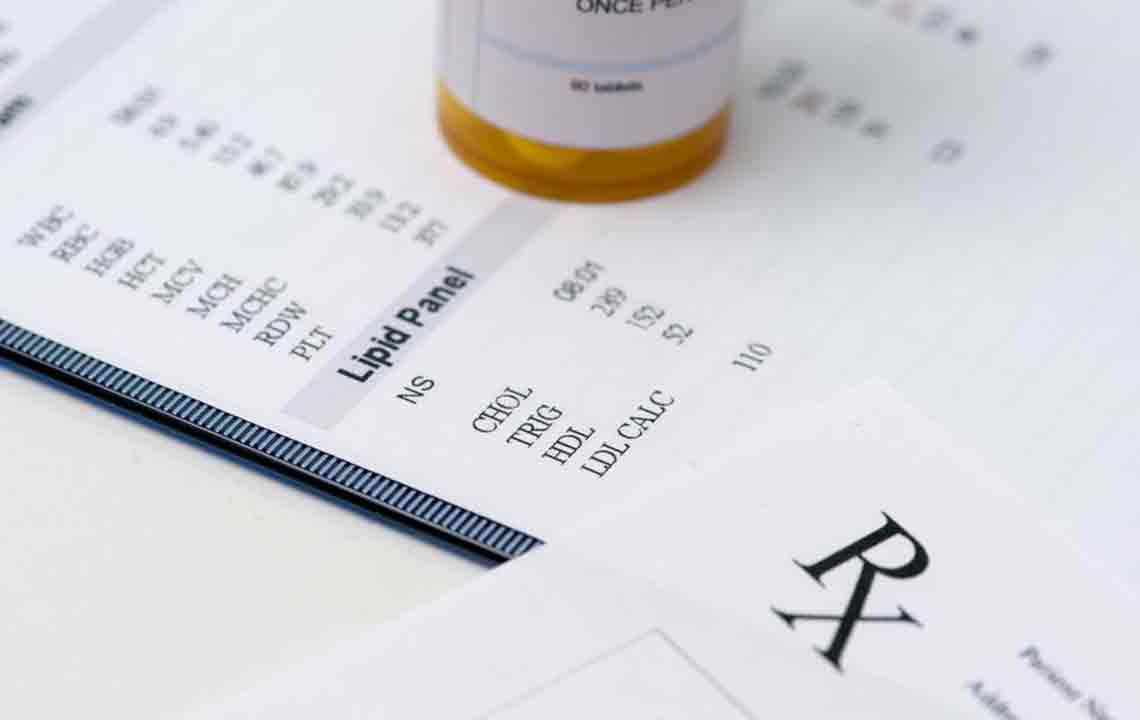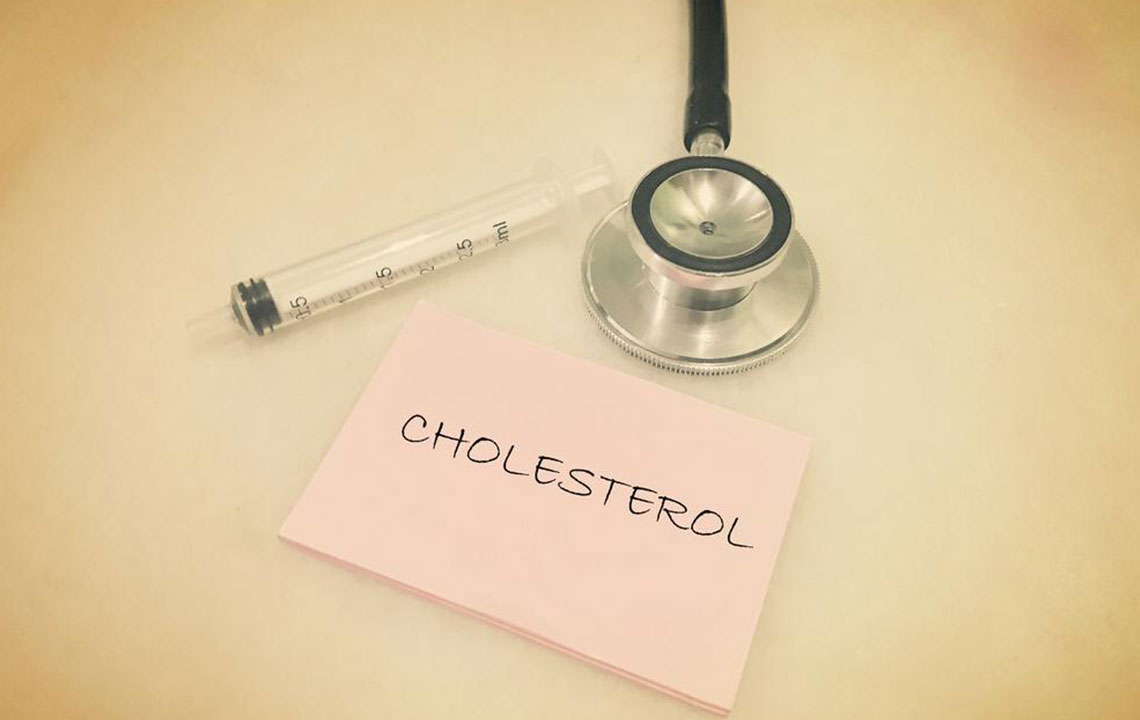Comprehensive Guide to LDL Cholesterol: Understanding Risks and Management Strategies
This detailed guide explores LDL cholesterol, its health risks, and effective management strategies. Learn how to maintain healthy lipid levels through lifestyle changes and medications to prevent heart disease and strokes. An essential resource for those aiming to improve cardiovascular health through informed choices and regular health monitoring.

Comprehensive Guide to LDL Cholesterol: Understanding Risks and Management Strategies
Cholesterol is a waxy, fat-like substance produced naturally by the liver, playing a vital role in maintaining cell membranes, synthesizing hormones, and aiding in vitamin D production. Despite its importance, having too much cholesterol in the blood can be problematic. Elevated cholesterol levels, especially low-density lipoprotein (LDL) cholesterol, are linked with an increased risk of cardiovascular diseases such as heart attacks and strokes. Therefore, understanding LDL cholesterol, its sources, and how to control it is essential for maintaining optimal health.
LDL cholesterol, often termed 'bad' cholesterol, is a form of cholesterol that tends to deposit in the walls of arteries. When LDL levels become elevated, it contributes to the formation of fatty deposits known as plaques. These plaques adhere to the arterial walls, causing narrowings and stiffening of the arteries, a condition called atherosclerosis. This narrowing impairs blood flow, increasing the risk of serious health events like heart attacks, strokes, and peripheral artery disease.
Maintaining healthy cholesterol levels, especially keeping LDL cholesterol below recommended thresholds, is crucial for preventing cardiovascular complications. The general guideline suggests keeping LDL cholesterol levels below 130 mg/dL for the average adult, but those with existing health risks may need to aim for lower targets, such as below 100 mg/dL. Elevated LDL levels can lead to issues like angina—a type of chest pain caused by decreased blood supply to the heart—and significantly increase the risk of ischemic strokes resulting from blocked blood flow to the brain. Moreover, high LDL levels are major contributors to the development of coronary artery disease, which can ultimately lead to heart attacks.
Individuals with conditions like diabetes are especially vulnerable because high blood sugar levels can worsen cholesterol imbalances, promoting further plaque buildup. Lifestyle factors such as diet, exercise, and weight management play critical roles in managing LDL cholesterol levels. Foods high in unhealthy fats, including fried foods, red meats, full-fat dairy products, and tropical oils like coconut and palm oil, should be minimized or avoided. Instead, adopting a diet rich in fruits, vegetables, whole grains, lean proteins, and healthy fats—such as omega-3 fatty acids from fish—can help improve lipid profiles.
When lifestyle modifications are insufficient to control LDL cholesterol, healthcare providers may prescribe medications such as statins, which effectively lower LDL levels and reduce cardiovascular risk. Regular screening and blood tests are vital to monitor cholesterol levels and tailor interventions appropriately. Ultimately, managing LDL cholesterol is an ongoing process that involves a combination of dietary habits, physical activity, medical therapy, and routine health checks. Taking proactive steps to control LDL cholesterol not only improves heart health but also significantly enhances overall well-being and longevity.





